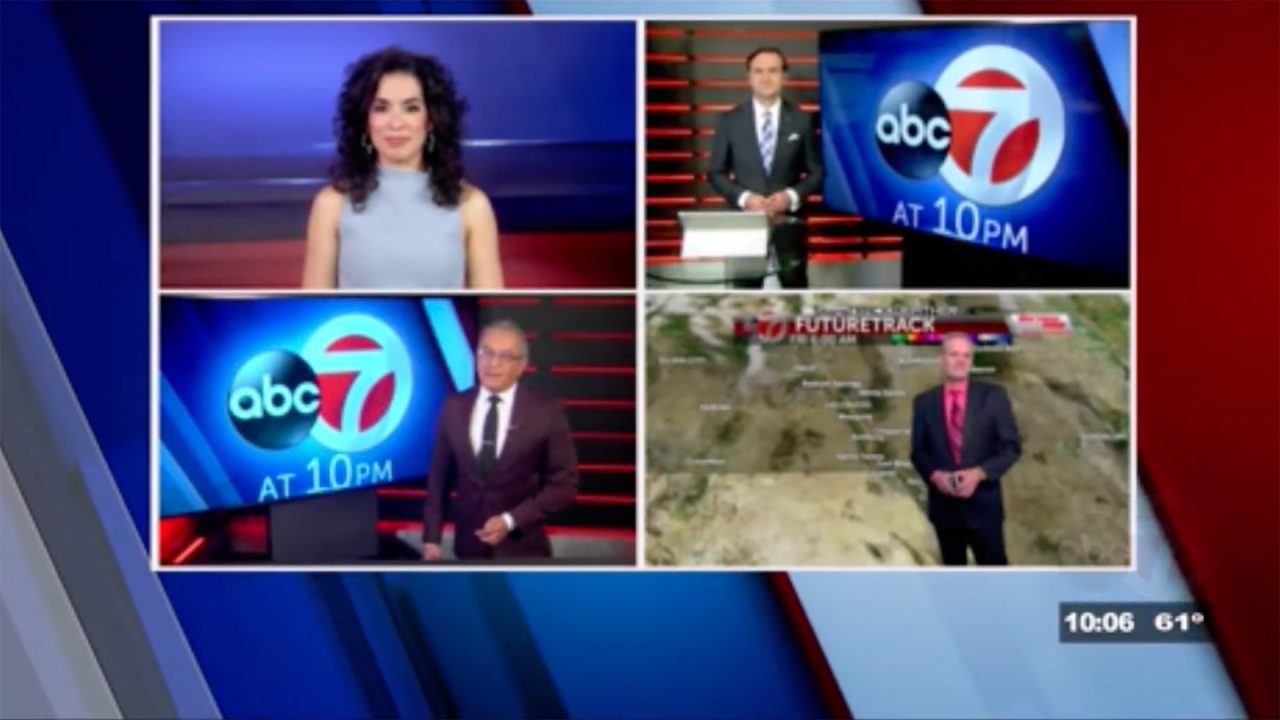Question: How many anchors does it take to change a light bulb?
Answer: None! That’s what producers are for.
Okay, here’s an easier one:
How many anchors does it take to do the late news?
If you said two, chances are you work at pretty much any local TV newsroom in America…and you definitely don’t work at KVIA in El Paso, Texas.
The NPG (News-Press & Gazette)-owned ABC affiliate broke new ground last June by introducing an unusual three-anchor format for its late news. What may sound like a gimmick turns out to be a valuable lesson in three R’s — research, reporting and risk.
The risk was tinkering with a successful formula. KVIA’s late news had survived the retirement in January 2020 of beloved anchor Estela Casas after nearly 27 years at the station. The new team of Stephanie Valle, who in 20 years at KVIA worked her way up from intern to main anchor, and relative newcomer Erik Elken, who joined the team in the fall of 2018, was holding up competitively. That said, everyone’s late news was declining, as it is in many markets. “We have to give people a reason to stay up late, and we cannot do that doing the same newscast that we’ve been doing,” says news director Brenda De Anda-Swann, “because the audience is changing the way it consumes news, and we can’t do it the same way.”
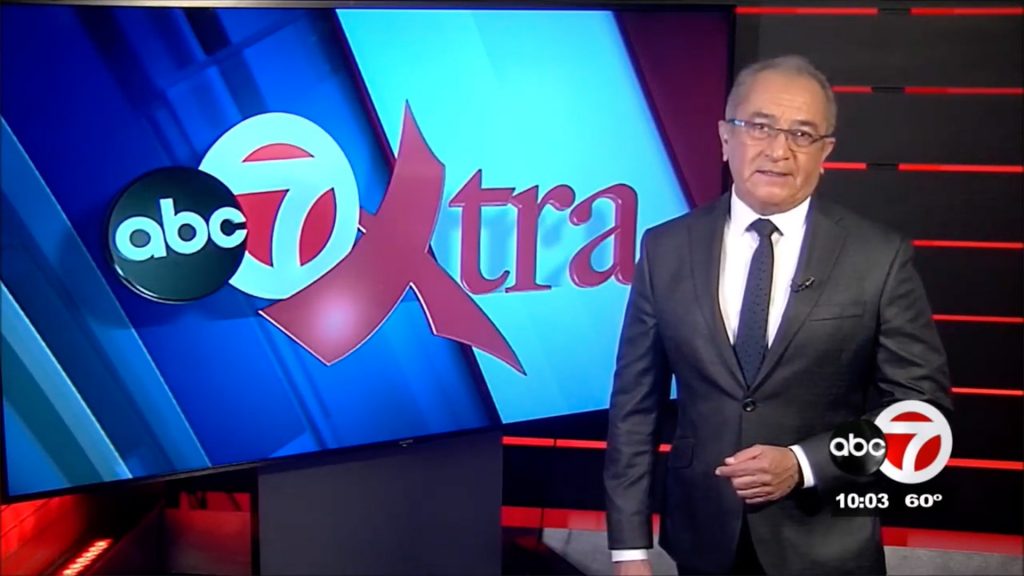
That’s where the second R — reporting — comes in. De Anda-Swann came up with an unorthodox idea: Add the station’s highest-profile reporter, Saul Saenz, to the anchor team. Saenz, a veteran journalist who returned to his native El Paso in 2018 after nearly four decades working in other markets, was the host of a Sunday night public affairs show as well as a dayside reporter during the week.
“Saul was looking for an opportunity to change; we wanted to keep the strongest reporter in the market,” De Anda-Swann says. “And we thought we could continue to have Saul with us and provide an opportunity to anchor, but it was more than anchoring. It wasn’t just ‘Break up the show.’ We knew that we needed to provide something extra. The motivation cannot be only talent, it has to be the content. If you don’t have the content, the three-anchor format is not going to work for you. So that’s why it’s so important to make it based on what’s driving the story that day, what’s going to be interesting to viewers.”

That “extra” ingredient is, in fact, called “ABC-7 Xtra,” an in-depth nightly exploration of a single story. Conveniently, that’s already the name of Saenz’s Sunday night program, and back in the 1990s, it was a half-hour show that followed the late news every weeknight. “We had a background and a heritage of developing the big story of the day or the week, putting it together, providing extra context,” says general manager Kevin Lovell, “and that’s why we decided to go ahead and name this Xtra when we moved it to the weekday. We wanted to provide the extra content on a daily basis. So we have it Sunday through Friday — Xtra — and that heritage made a difference.”
WATCH an Xtra report on migrants with COVID-19 crossing into the U.S.
The new nightly segments average around three minutes but can go as long as 4:30, and they cover a wide range of subjects, from longer takes on headline stories like the vaccine rollout to proprietary investigations and features. Chief meteorologist “Doppler” (I’m not making that up) Dave Speelman and sports director Adrian Ochoa sometimes have to squeeze down their segments to make room, but De Anda-Swann says “whoever needs the time has to earn the time.”

Producing the in-depth segment every day is a challenge for the 37-person newsroom, De Anda-Swann says. With no extra resources added, everyone has to pitch in. “The entire newsroom is behind this. It’s not a single person that’s driving this,” she says. “Every day, we ask: What are we going to do for Xtra? And how are we going to execute it? So that’s why it’s been a work in progress. It has not been an easy package.” “Yes, it is a lot of work on Brenda’s shoulders, and everyone else in the newsroom,” Lovell says. “But it makes us better. It drives us to go in depth on a daily basis. You don’t see enough of that, and I wish other stations would do it.”
For you show producers out there, yes, managing three anchors can be tricky. “That’s something that we are working on throughout as well,” De Anda-Swann says. “[Rather than] making a three-way ping pong every single time, sometimes you highlight two anchors and have them split the different stories and then bring in the third anchor. That’s been a balance that we are still working on.”
One key decision: The incumbent anchors, Valle and Elken, share ABC-7 Xtra reporting, producing and writing duties rather than putting the whole burden on Saenz. “That was one of the options that we considered — making him ‘Mr. Xtra’ and tossing to him for all of the context,” De Anda-Swann says. “But we felt that because the anchors have different strengths, it would be better just to spread it out.”
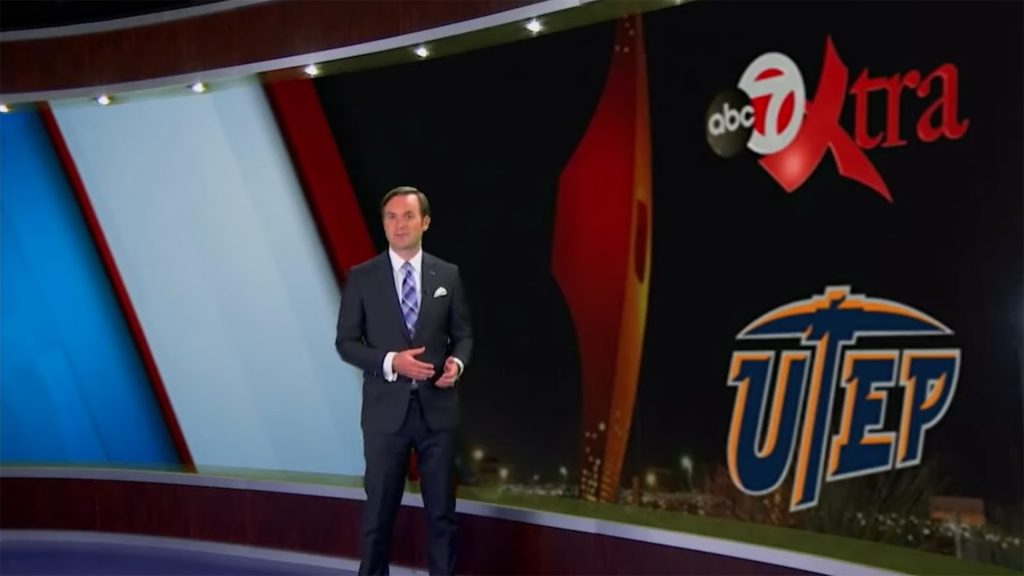
Kevin Lovell, a former news director himself, admits the three-anchor concept was controversial at first. “Initially, it was not a unanimous decision. It was something that we all had to analyze because it was so outside the box,” he says. Corporate news director Michael Fabac was skeptical too. “I had trepidation about the three-anchor format, specifically in the late newscast,” Fabac says. But “while the format was unknown, the personalities that would be delivering it were not. And we all agreed that, yes, we’re in the dominant position, but that is no reason to sit on our laurels. I said, ‘Let’s go for it.’”
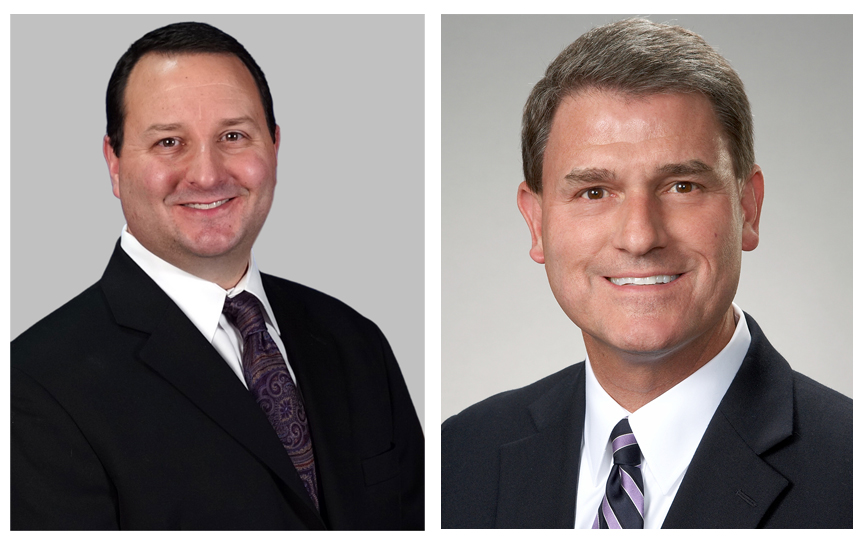
“I liked the idea,” says KVIA’s news consultant Pete Seyfer of the Magid firm. “Why does someone stay up and watch the 10 o’clock news, the late news? We’re giving them exclusive new content with better understanding, better perspective, better context. And Saul, Stephanie, and Erik, all three, their roots are in good storytelling. Each one of them is truly an active, engaged, working journalist anchor. So I think that that was another part of the impetus in terms of pulling this off at 10 o’clock, and so far being successful.”
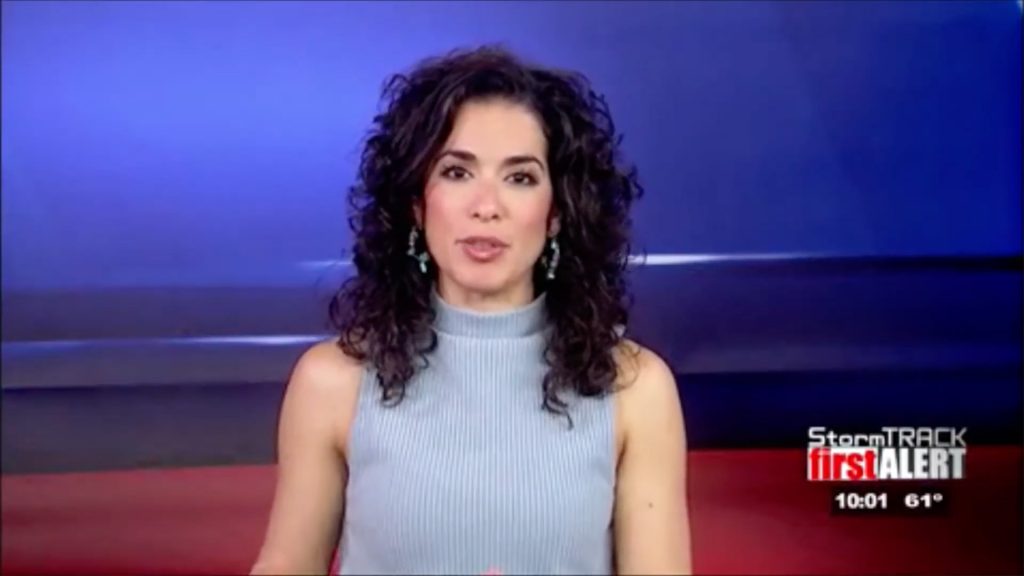
But Kevin Lovell wasn’t willing to rely solely on his news director’s conviction and his own instincts, which brings us to the third R: research. Last fall, several months after the new format’s debut, Magid conducted an audience survey, and the results were heartening. “The research was very positive for our own loyalists, but also the other viewers across the marketplace, in terms of the idea of the three anchors and added depth and understanding that this could bring to a 10 o’clock newscast,” Seyfer says. “Ultimately, the research really sealed it,” Lovell says, “because our loyalists were the ones who most liked it. You’ve got to keep them. And they really wanted to come back for more.”
The former news executive in me wondered whether any of this would have happened if Saul Saenz’s contract hadn’t been up. “His contract was up or coming up,” Lovell says. “But people’s contracts come up all the time. And that alone would not be the reason to start a new 10 o’clock theme; we wouldn’t have done it. The idea was that we were going to have additional content, and it would really provide an impetus for people to tune into late night news, where audiences have generally been declining. I’ll tell you what: If Saul were not here, we would still want to continue. And we would find someone else to be that third person.”
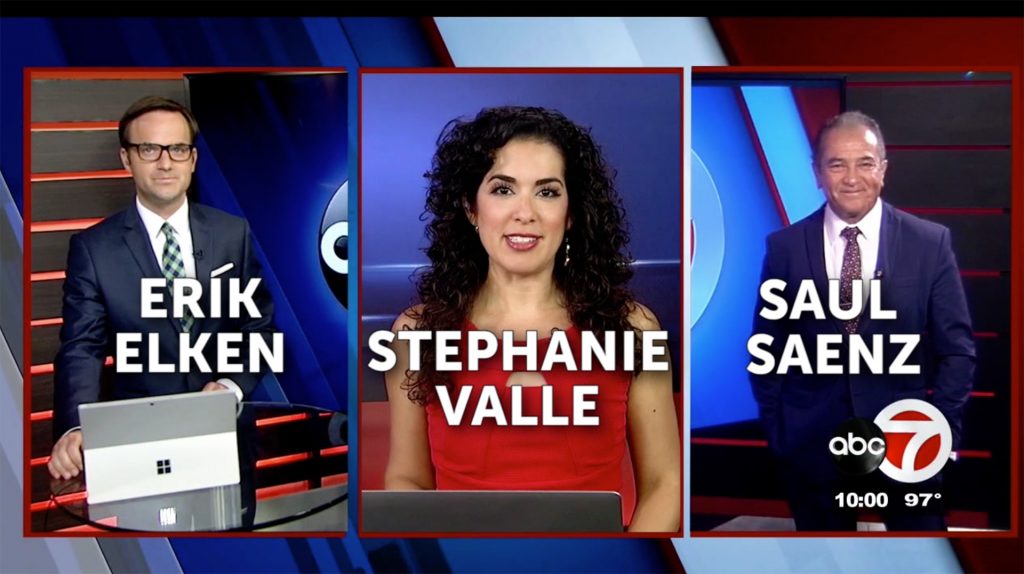
Ratings for KVIA’s late news are up since the new format started — double-digit increases year over year by last November, according to Comscore. The successful innovation is a testament to the power of enterprise reporting, especially when it’s done by seasoned anchors. It’s also a tribute to a news director willing to challenge conventional wisdom, and to managers willing to listen. “Our news director championed it,” Lovell says. “Brenda is a great news director. And ultimately, she believed in it. And I supported it. Because she had a real true vision for it.”
Maybe we add a fourth R: reward.
